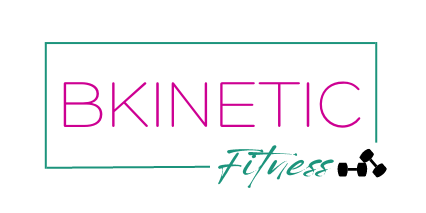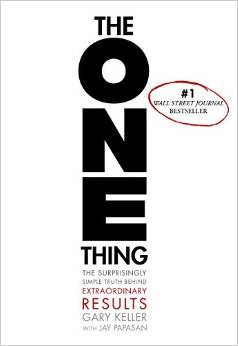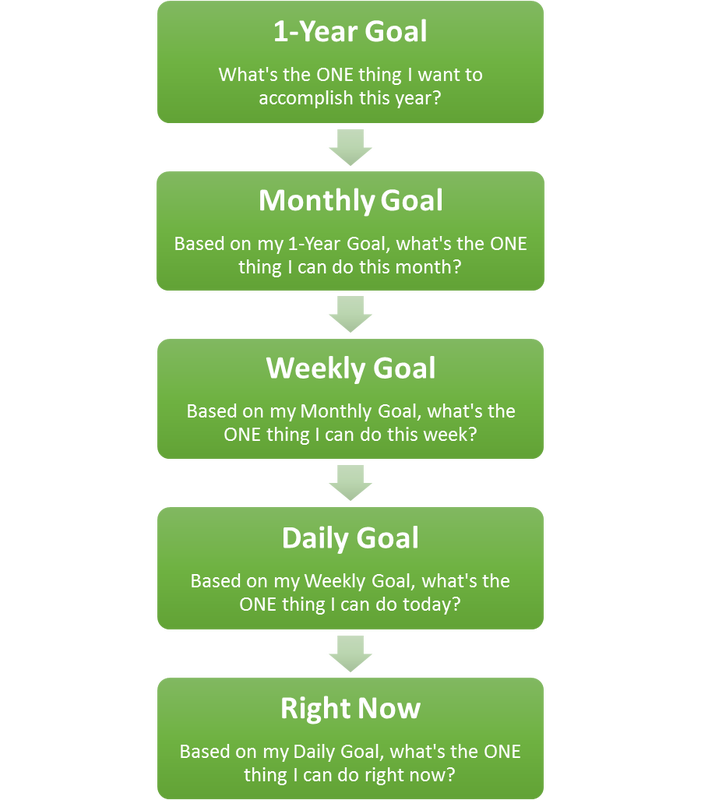This is the crux behind the book The ONE Thing: The Surprisingly Simple Truth Behind Extraordinary Results by Gary Keller and Jay Papasan. I highly recommend reading this book. It’s pretty short and easy to read, and you can apply the principles to any area of your life. In our case here, I’m going to be using it to simplify our physique, fitness, and strength goals into manageable steps, focusing on the behaviors that need to happen in order to achieve those goals.
First of all, fat loss (or any other goal) doesn’t have to be a constant slog of misery and suffering. There are no bonus points for being the most miserable person on a diet ever. ;-P We can work towards our goals and still enjoy the journey. It’s okay to have moments when it feels effortless. That’s a good thing. We all have enough on our plates with our jobs, relationships, responsibilities, hobbies, and whatnot that we don’t need to add unnecessary work or stress to the mix.
So don’t discount the effectiveness or efficiency of the baby step method. It’s certainly the better option if the alternative is a complete overhaul for 30 days followed by “falling off the wagon” and ending up worse off than you started. What’s more motivating? Losing 20 lbs. in 6 weeks and then gaining back 15 of those (repeat ad nauseum), or taking your time and being deliberate and strategic by focusing on just one thing at a time and losing those 20 lbs. and keeping them off?
As much as we all like and want the fastest results possible, we do still have to live in our bodies for years to come. We will have to deal with the consequences of what we put our bodies through at some point in the future, so we need to be patient and strategic in how we go about achieving our goals. Not to mention, who wants to have to go through this process over and over and over? Not only does it affect our metabolism and hormones, but it also does a number on our psyche.
People do not decide their futures, they decide their habits and their habits decide their futures.
— F.M. Alexander
This is where habit formation comes in. I’ve talked about the power of habit before — here and here. The fact is, we make hundreds of decisions every day, a good portion of them automatically via habits. For better or worse. When tired, stressed, sick, depleted, we’ll almost always revert back to our habits. The amount of effort and willpower needed is greatly reduced.
Below is a graphic to show you, step by step, how to plan out your goals. Since physique transformation and fitness goals typically take quite a bit of time to accomplish (often more than we think), it’s helpful to think about what we want to accomplish over the next year. Once you have that goal established, figure out a monthly goal that will help you achieve the one-year goal. And so on, till you get to an immediate action to get the ball rolling.
Say you want to lose 25 lbs. in the next year. Based on that goal, your monthly goal can be something like, to complete 20 workouts. It’s important that you choose a behavior goal, rather than an outcome such as losing 1 lb. a week. We can’t always control how fast the weight comes off or how quickly we build muscle. This can put undue stress on us and make us feel like failures when we can’t hit that number week in and week out.
So, based on your monthly goal of completing 20 workouts, your weekly goal could be to complete 5 workouts, consisting of 2 weight training sessions and 3 long leisure walks (or, if you’re more advanced, high intensity interval training 1 or 2 times a week). Over the course of 4 weeks, that’ll get you to 20 for the month.
And based on this weekly goal, our daily task can be to schedule our time out, so that we know exactly when and where we’ll be working out. According to some recent studies, you’re more likely to follow through on this goal if you schedule it out ahead of time and get specific with it. You may decide that the only time you have free to exercise is before work and before the kids get up. So you’ll have to figure out what time you’ll need to wake up and then what time you’ll need to go to bed. Again, be specific. Pick the day, time, location, and what you’ll do. Leave as little thinking (and decision-making) as possible for each workout, so all you have to do each day is execute. The more you leave to chance, the more likely you are to let other things get in the way.
Okay, back to our behavior goals. Based on your daily goal, what is one thing you can do right now, this second, to get you one step closer to your goals? Believe me, it’s so, so easy to put stuff off. I am a master procrastinator myself. If we put our plan into action right away, we’re already building some momentum to get us to the next step. Even a small step counts.
Action leads to motivation, not the other way around. So your immediate action can be to lay out your workout clothes for a workout later today or tomorrow. Or maybe you write out or research a program to follow. Don’t overthink this. Any action that moves you forward is good. It doesn’t have to be perfect.
When we break our goals down into individual behaviors, we are ensuring our success. We are putting our focus where it is most effective — our daily habits. We are planning ahead so we can see how each workout, each meal, each recovery activity, fits into the big picture.
Instead of focusing only on the end goal and being haphazard with our efforts, we are building the habits that will ultimately give us the result that we want. We can greatly reduce the amount of mental bandwidth needed to accomplish these daily habits and make the journey more enjoyable.
What steps did you come up with using the flow chart above? I’d love to hear ’em. Head over to the B Kinetic Fitness Facebook page and share with the community. It’s great to get some accountability and ideas from others.


